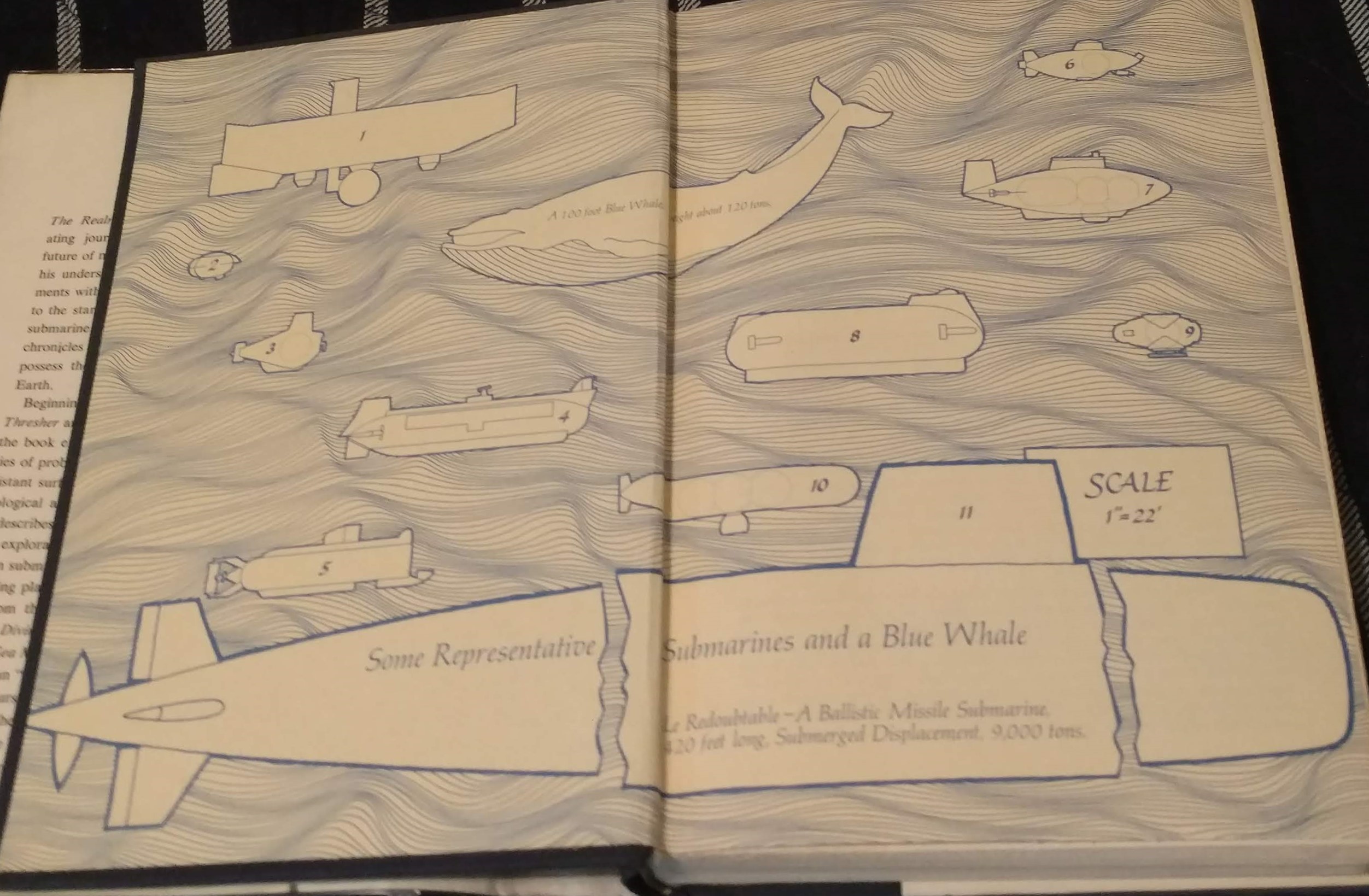I like to keep an eye out for classic books from the early days of ocean technology, both factual and fiction. From Monturiol’s Dream to Arthur C. Clarke’s The Deep Range, these books provide insight into how we thought about deep-sea exploration and exploitation throughout the 21st century.
This month, I stumbled upon a copy of Paul Cohen’s The Realm of the Submarine, a history of submarine development in the pre- and post-WWII era. This shockingly prescient volume covers the first 50 years of modern deep-sea exploration and conducts a horizon scan to predict where ocean technology is going. In addition to imagining a proto-ISA several decades before the Convention on the Law of the Sea, Cohen also provides this prediction on the future of personal submersibles:
“The impact of many thousands of individuals, free to explore whatever cranny of the seas they can reach, cannot fail to be enormous. Such activity will subject every inch of the reachable ocean floor to the same minute, repeated scrutiny that has resulted, on land, in the discovery of the many resources that has stoked the industrial revolution.”
While the promise of a world filled with personal submarines may not have come, the same spirit that inspired that forecast is still alive and well.
This month, we look at two movements to democratize ocean exploration by providing accessible ROVs and submersibles to stakeholders, regardless of financial resources, academic credentials, or industry connections, and how that might shape the future of environmental monitoring in the deep sea. I report on the outcomes of DOSI Day 2018, as well as the 15th Deep-sea Biology Symposium, held last week in Monterey, California. And Leigh Marsh shares her perspective on what the discovery of beaked whale tracks means for environmental impact assessments in the CCZ.
